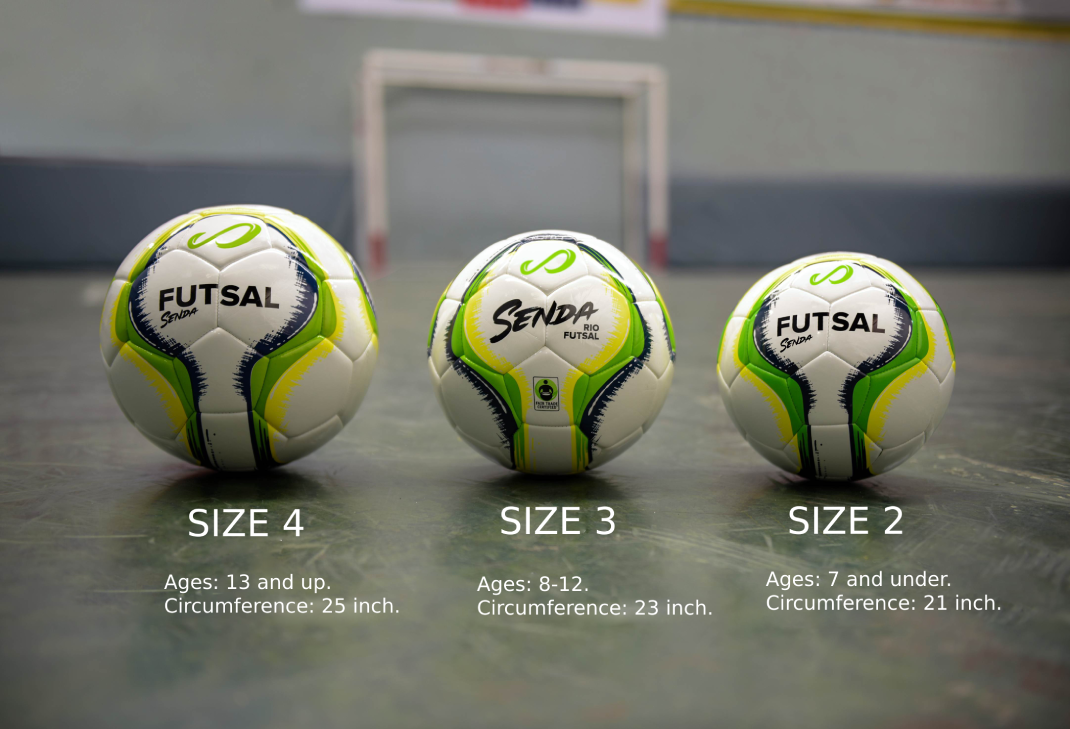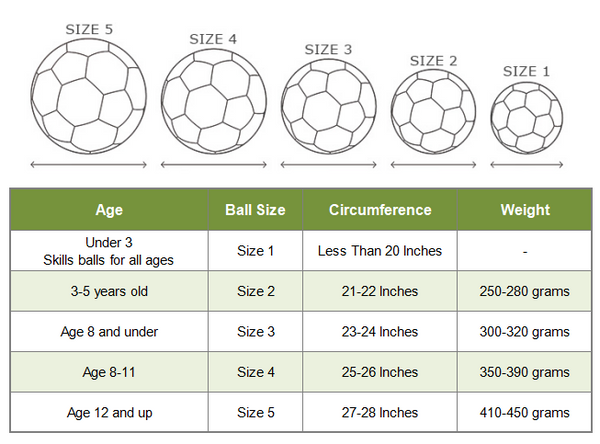Why I Had to Figure Out If I Needed a Size 3 or a Size 4 Futsal Ball
I swear, I never thought I’d be the guy spending a Saturday afternoon arguing with some poor teenager at a sporting goods store about the circumference and rebound height of a small, heavy football. But here we are. This whole mess started not because I decided to take up futsal professionally, but because I promised my nephew I’d coach his U10 neighborhood squad for their summer league. It was supposed to be easy. Right? Just gather the kids, tell them to run, maybe teach them how to pass.

But nothing is ever easy when it involves organized children’s sports.
I figured the first thing we needed was a ball. Simple. I just grabbed the first ‘indoor football’ I saw online. It cost maybe thirty bucks. It arrived, and it looked small, heavy, and felt like a small, dead cannonball. Perfect, I thought. I threw it in the trunk and took it to the first practice at the community center gym. The kids hated it. It was too big for the littlest ones, and when they tried to pass it, it kept rolling off their feet weirdly.
I realized I’d messed up. I didn’t just buy an indoor ball; I bought the wrong indoor ball. That’s when the rabbit hole opened up. I started digging, trying to figure out what ‘futsal’ actually meant versus indoor soccer. That’s when I ran head-first into the size 3 versus size 4 debate.
The Great Sizing Confusion: Measuring and Wasting Money
My first move? I hit up the official rulebooks—FIFA, US Youth Soccer, whatever I could find. It was confusing as hell because everyone had slightly different age cutoffs. Some said U12 and below use Size 3. Others said only U8 used Size 3, and everyone else jumped straight to Size 4.
I needed a practical solution, not theoretical nonsense. I didn’t just want to read about it; I needed to put my hands on it and feel the difference. So, I dragged myself down to three different stores. I wasn’t just looking at the size number; I was looking at the weight and, crucially, the low-bounce characteristic—the hallmark of a proper futsal ball. You know, that thing where you drop it, and it barely comes up off the floor? Yeah, I was doing that repeatedly in the aisle while the employees stared at me.

I ended up blowing forty dollars on a new Size 3 ball and fifty dollars on a premium Size 4 ball. My wife nearly killed me when she saw two more balls sitting in the garage when we already owned about a dozen.
- The Size 3 Test: I took this one out for my U10 group first. Immediately, the difference was obvious. The circumference was smaller (around 50-53 cm, depending on the brand), making it much easier for their smaller feet to control. They could step over it and dribble with confidence. The passes were cleaner, and they stopped tripping over it every three seconds. This felt right for the younger crew.
- The Size 4 Test: This one was bigger (59-62 cm circumference). I tried using this with a slightly older group—the U14 kids I sometimes helped out with. For them, the Size 4 felt perfect. It had the weight and feel they were used to, mimicking the standard size 5 outdoor ball feel, but with that necessary low bounce for quick indoor passing.
What I learned was that the size wasn’t just about making the ball smaller; it was about preserving the feel of the game relative to the player’s physical size. A Size 4 for an eight-year-old is like trying to control a bowling ball with a toothpick.
The Age-Based Verdict I Should Have Known All Along
After a week of juggling schedules and making my players test balls like they were professional reviewers, I finally distilled the real-world usage down to a simple breakdown that cut through all the confusing rulebook jargon. This is what you actually need to remember if you’re organizing a game, not just reading regulations:
If you are dealing with kids who are still figuring out which direction their feet point, you need Size 3.
I found that if the player is consistently 12 years old or younger, the Size 3 ball vastly improves their control, confidence, and ability to execute quick passes. They don’t have to overthink managing a ball that’s nearly half the size of their torso. This applies perfectly to the U8 to U12 range.

If you’re dealing with teens or adults, you need Size 4. Period.
Anyone over the age of 13—my U14 squad, my random group of friends who play pick-up on Tuesday nights—they all need the Size 4. It’s the standard. It provides the necessary weight for power shots (as much as you can power a futsal ball, anyway) and feels like the right scale for adult limbs.
The whole exercise taught me that you can spend hours reading rules, but until you actually buy the balls, put them on the ground, and watch the players interact with them, you don’t really know squat. I wasted ninety bucks and a lot of time, but hey, now I’m the resident expert on dead-weight indoor soccer balls. I guess that counts for something. Now if you’ll excuse me, I still need to hide these two new balls from my wife.
